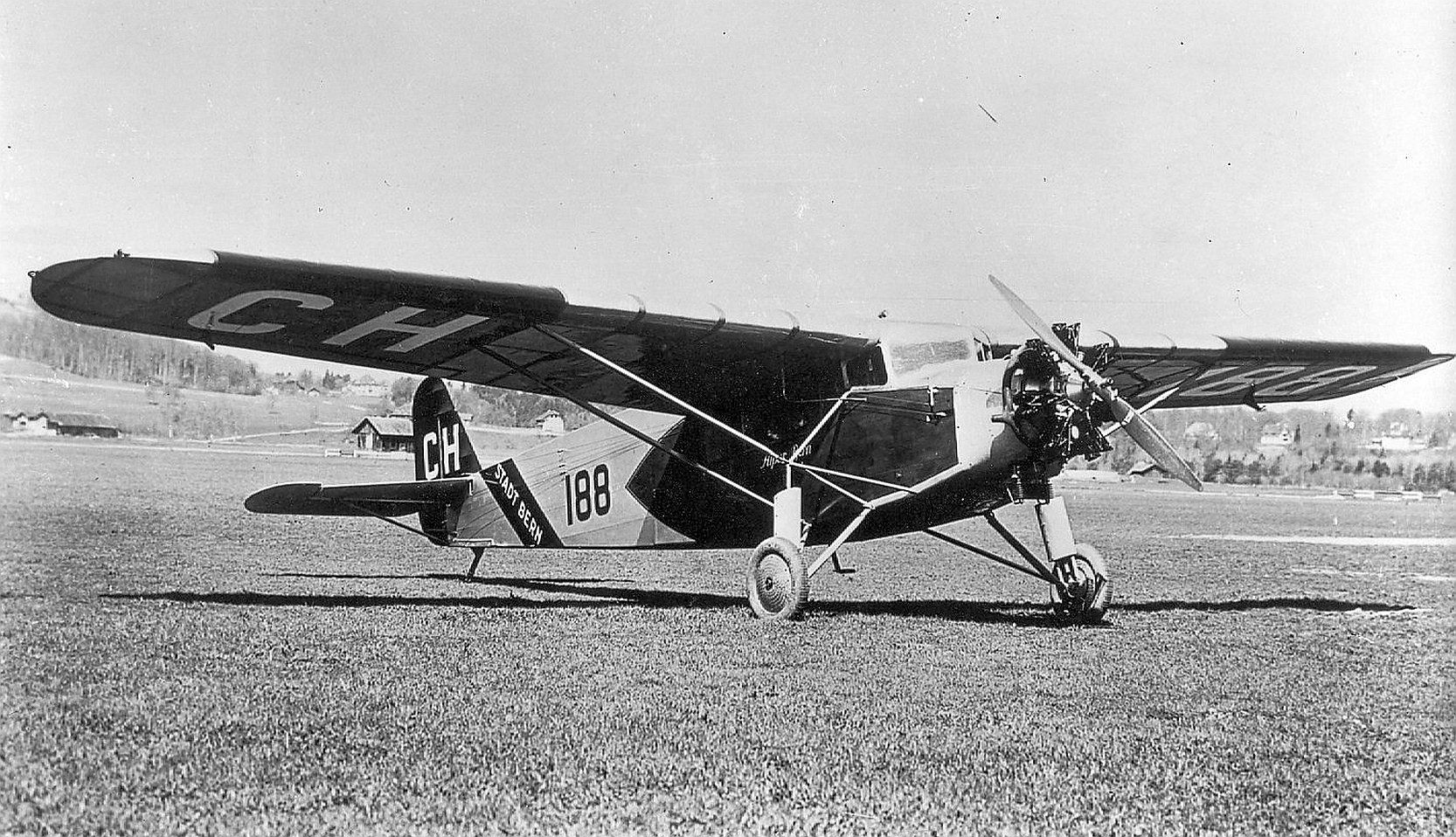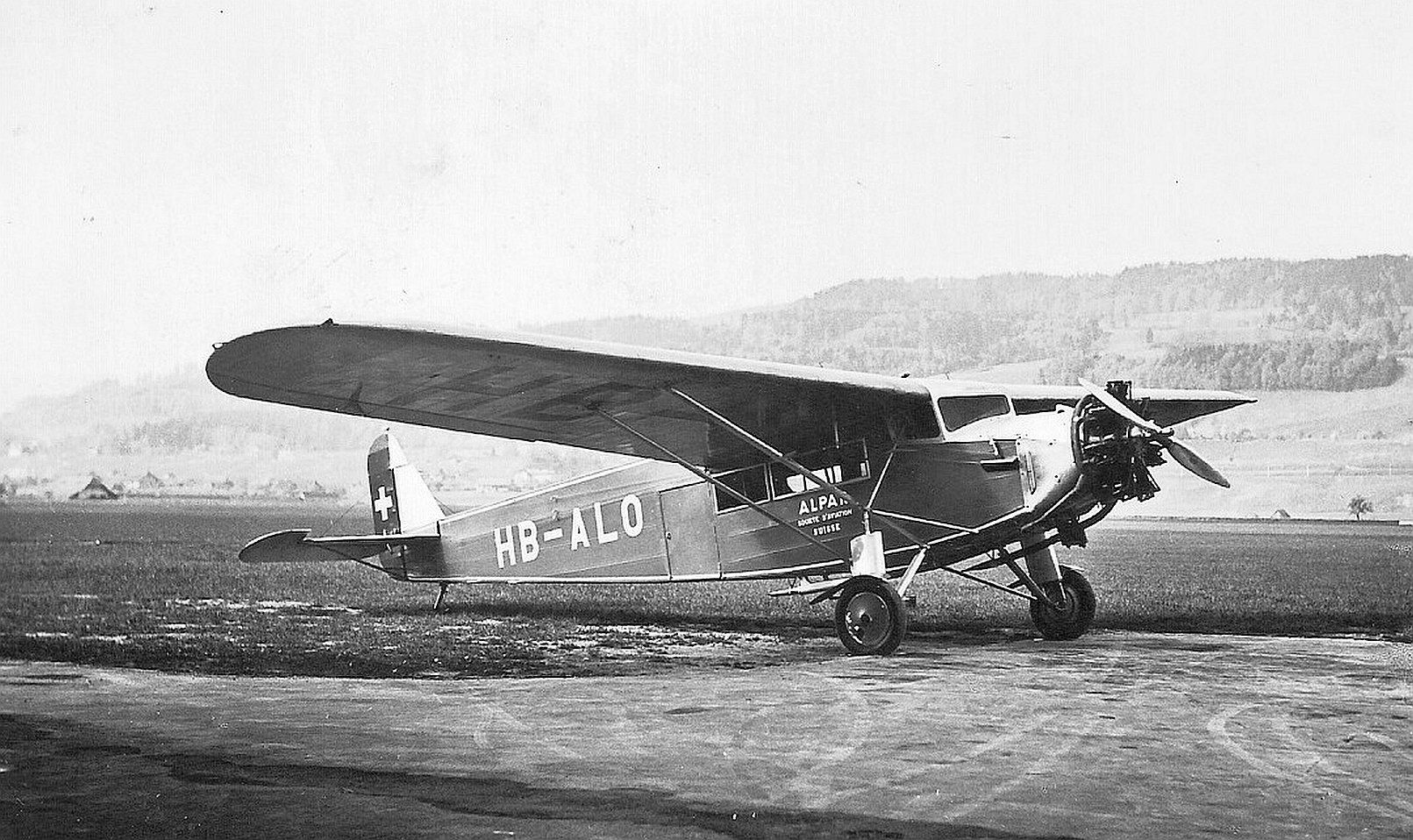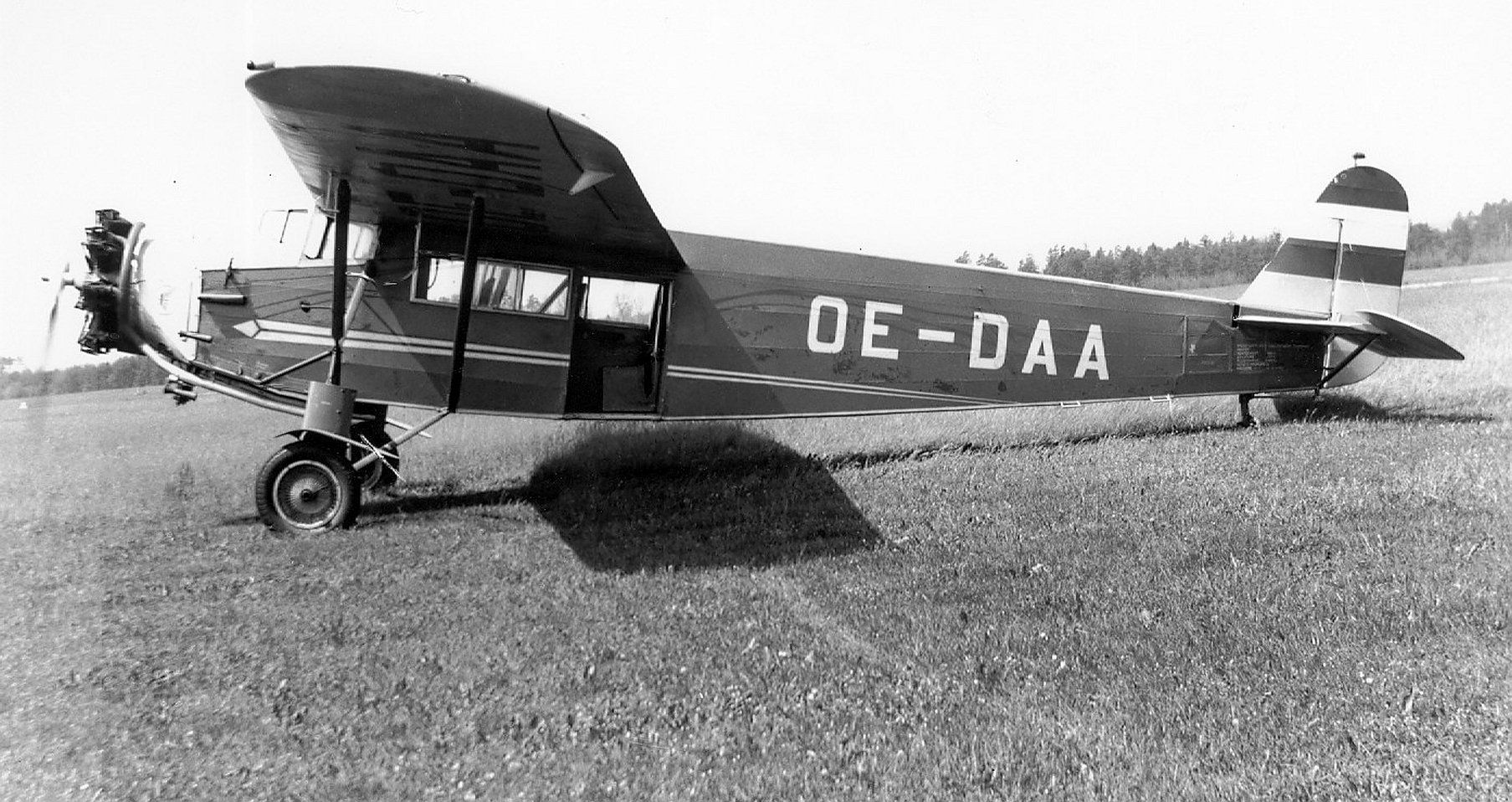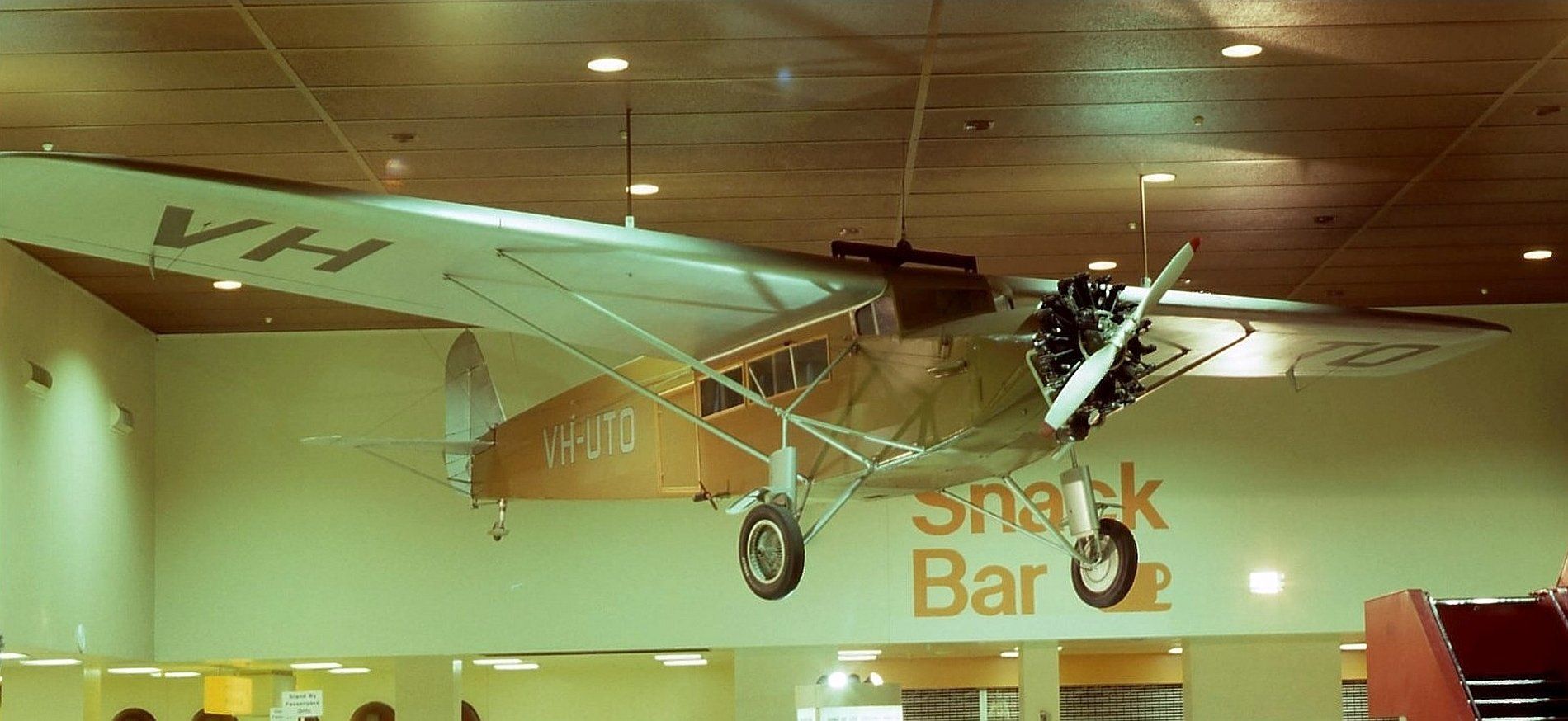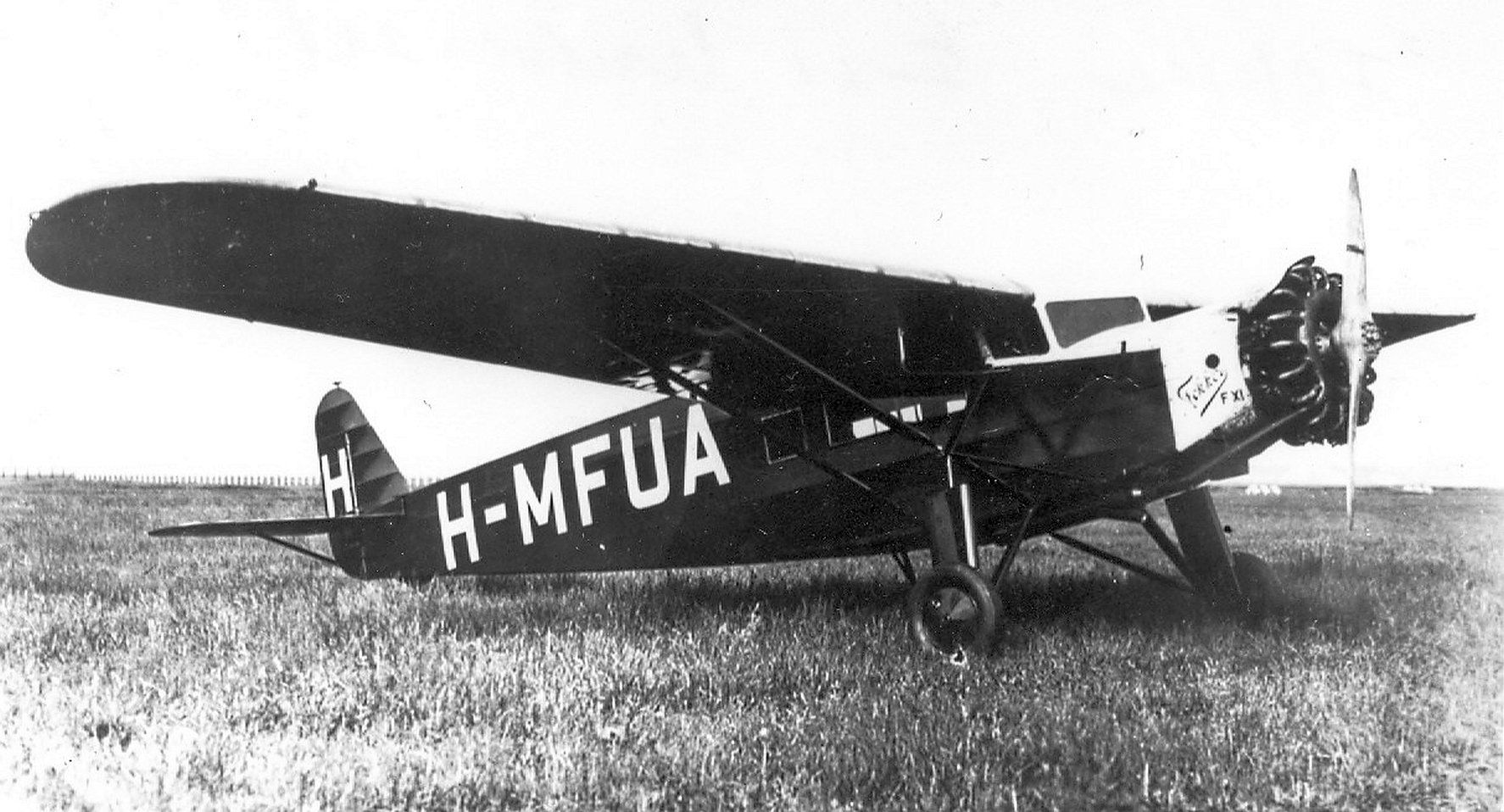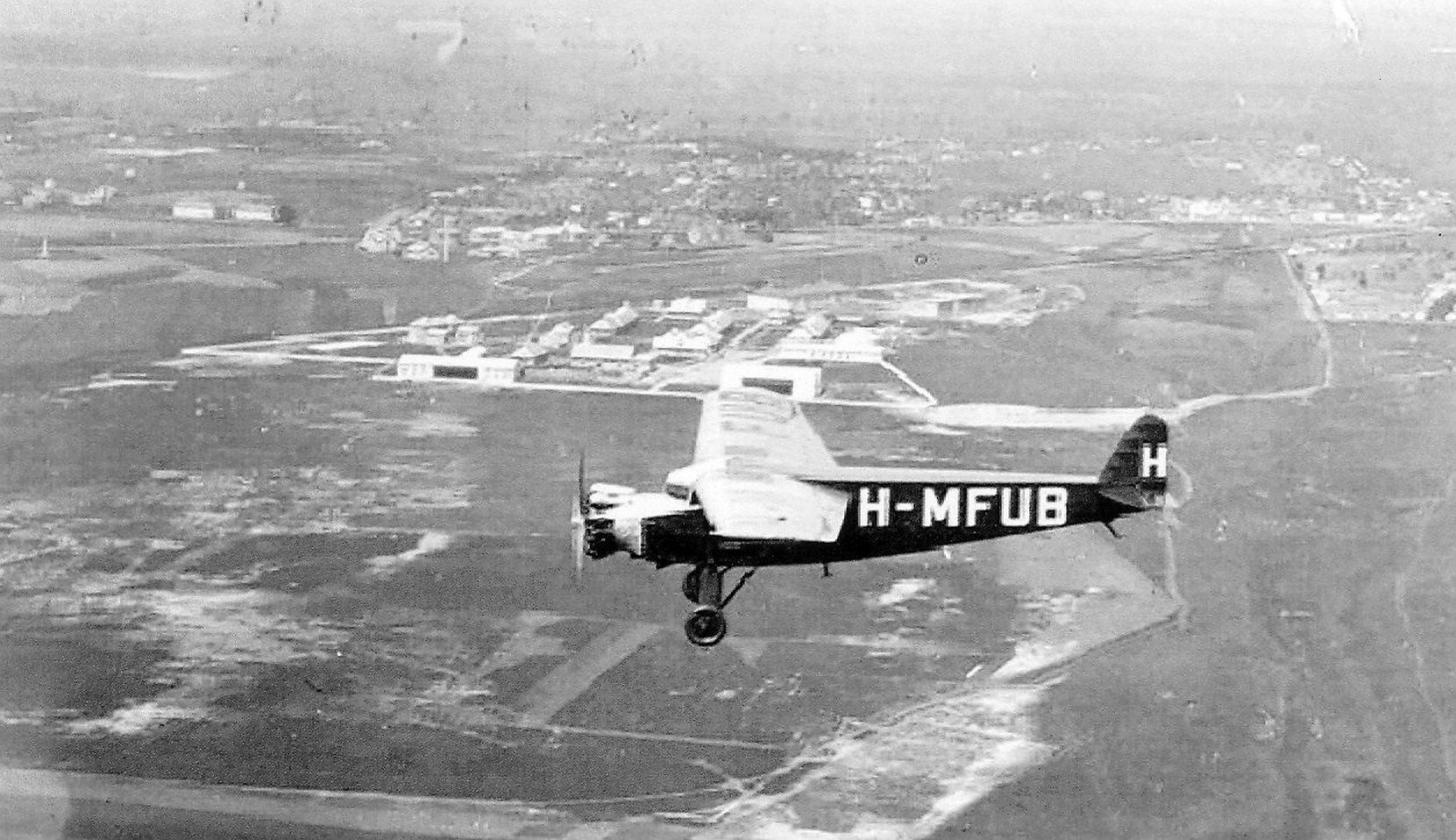Fokker F.XI
The development and construction of the only three produced Fokker F.XI's is a bit of a mystery. The 1928 design was not an improved successor to a previous type and not intended for the West Indies route either.
There was no demand from KLM or any other operators for such an aircraft. It looked more like a modernized F.II, as only 4 to 5 passengers could be transported in the F.XI.
The wing was not self-supporting but with support struts mounted on the fuselage. The aircraft was mainly intended for novice airlines to serve on short and less crowded routes.
The prototype was powered by one 240 hp Lorraine Dietrich 7A, the other two aircraft by one 450 hp Gnome Rhône Jupiter 9.
The demand for such a plane therefore disappointing, although the aircraft had excellent flight characteristics.
The technical lifespan of the F.XI was not a problem either. One aircraft has been in service for more than 30 years.
One F.XI was first in service at Alpar, Switzerland, then at the Austrian Alpine Rescue Service. The other two were in service at the Hungarian Malert.
One F.XI still exists and can be seen in the Ansett Terminal of Sydney Airport. This is a restored aircraft of the Austrian Alpine Rescue Service and has the (fake) registration VH-UTO of Ansett. The original VH-UTO was an American-built Fokker Universal for Ansett which was destroyed in a fire.
Because the F.XI and the Universal were very similar to each other, the F.XI suggests that it is an Australian Universal.
The Fokker Universal was the first real Fokker aircraft of the Atlantic Aircraft Corporation, the American branch of Fokker Technologies.
Click on the photo to enlarge the photo

